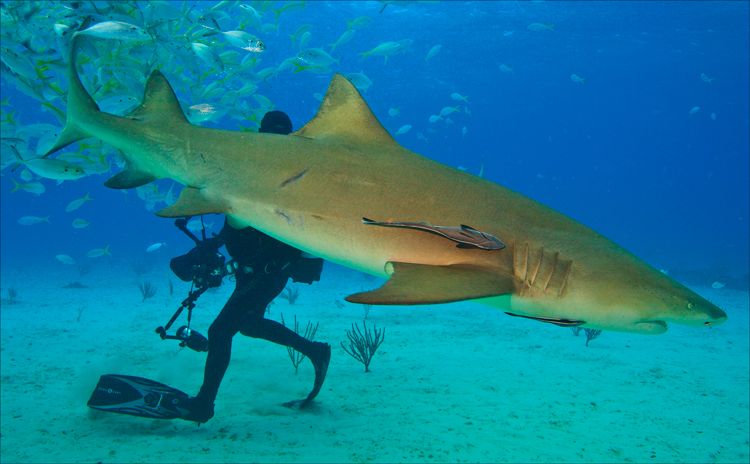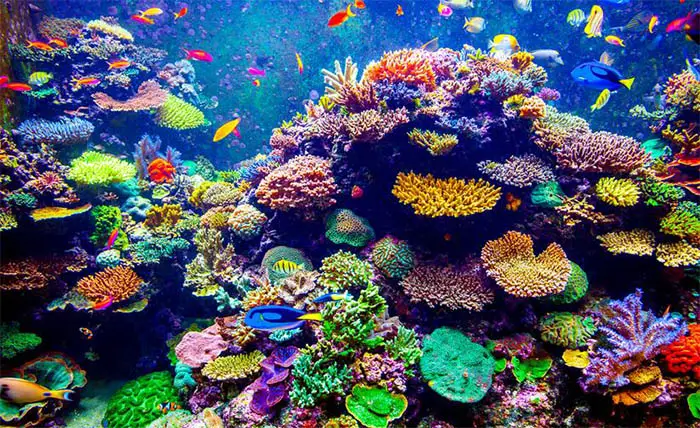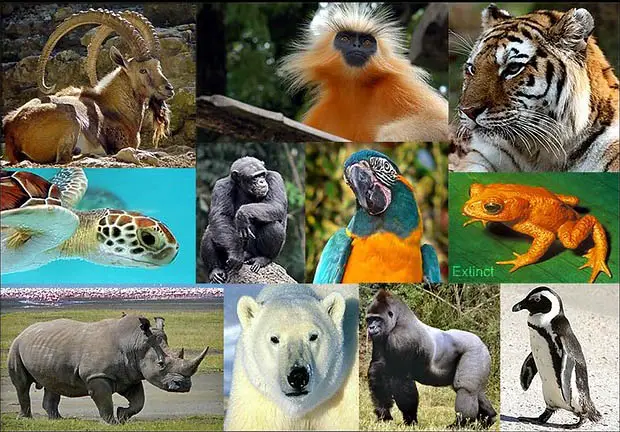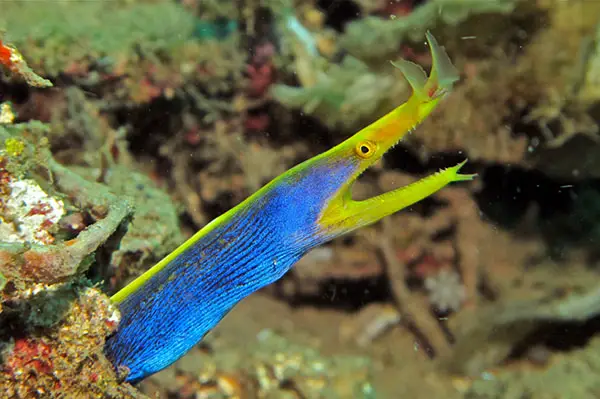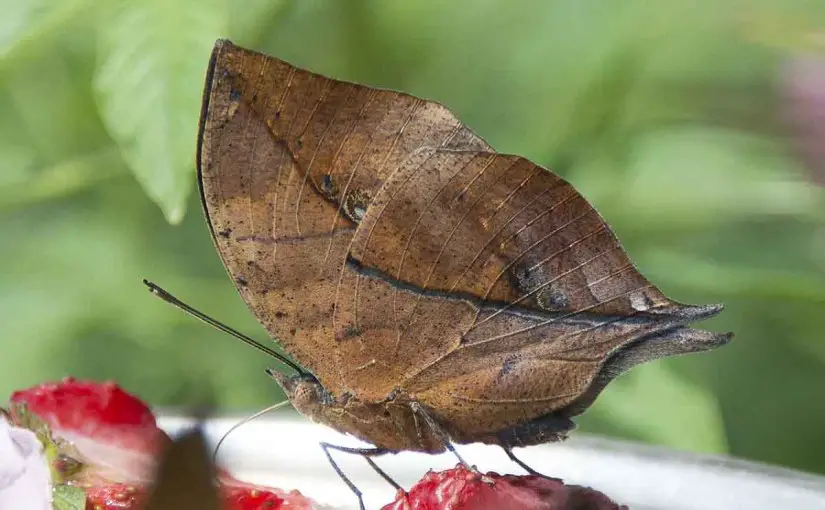So far, we have known a lot about the types of living things underwater. There are various types of plants to animals that have been discovered by many researchers. However, did you know that there are many animal species that we never saw in the deeper part of the deep sea? There are so many species living in deep dark water which have never identified by the human. Over time and with increasingly sophisticated equipment, humans have begun to explore deeper parts of the sea than usual and find animal species that they have never seen before. The animal that we will discuss here is the Bigfin squid or Magnapinna squid.
The Deepwater Stranger
Bigfin squid is a type of squid that is rarely seen and has a unique morphological structure. Bigfin squid belongs to the group of the genus Magnapinna and the Magnapinnidae family. Generally, there are specimens from larvae. But since there are no samples, there is no evidence to confirm that they belong to the same genus.
Researchers found the first specimens of this Magnapinna in the Southern Caribbean Ocean. However, the researchers included it as a member of the genus Magnapinna. The genus has not received clear identification because most of its members are inhabitants of the deep sea. The researchers have managed to find eleven specimens of deep-sea creatures of this family Magnapinnidae. Those specimens have been stored in laboratories around the world. Scientists have identified only 49 species of cephalopods in shallow waters of the Colombian Caribbean region.
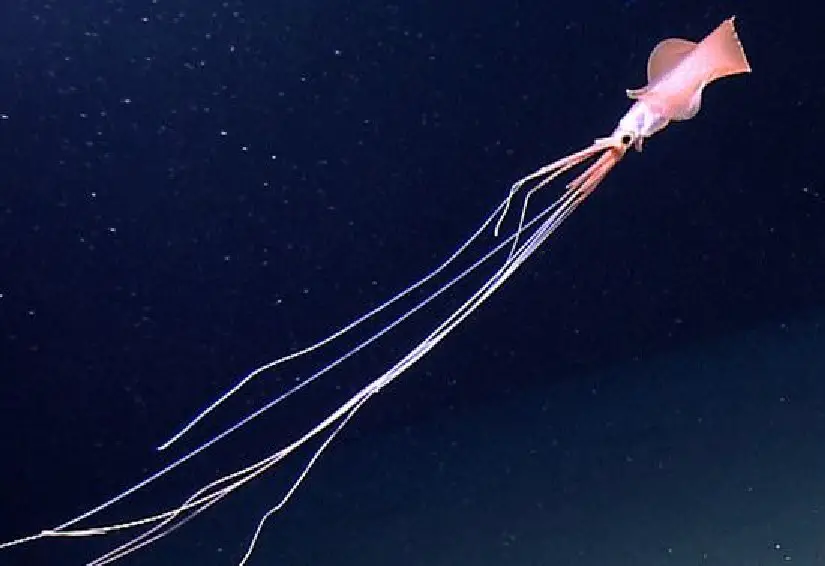
Manapinna Squid Size
This Bigfin Magnapinna squid is a unique and strange species. Because, compared to other squids, its arms and tentacles are the same length and appear identical. The Bigfin squid also has appendages that are assist perpendicular to the body, making a strange elbow appearance. This squid has a significant length of elastic tentacles, estimated to be 15-20 times the length of its central body.
Based on evidence from video and research findings, the total length of the largest specimen was 13-26 feet or about 4-8 meters, and still could be more. If you look closely at the squid’s body and head, it is clear that the Bigfin squid has large fins. By comparison with the riser (set of tubes with the drilling unit that connects the oil well ), the specimen has an approximate mantle length of 200 mm and a fin width of 200 mm, and a total length of ca. 2,300 mm.
Bigfin Squid Territory
The discovery of the Magnapinna Squid was initially only recorded by submersible observations or Remotely Operated Vehicle (ROV) in the Atlantic, Indian, and Pacific Oceans. According to research, we can find the Magnapinna genus squid at approximately temperate to all tropical latitudes of the world, at a depth of several meters from the seabed. The deepest territory recorded is 4,735 m in the western Atlantic off the coast of Brazil. Researchers reported finding Magnapinna squid in the Great Caribbean and the Gulf of Mexico through sightings from ROVs in exploration wells offshore Perdido and during deep-sea research.
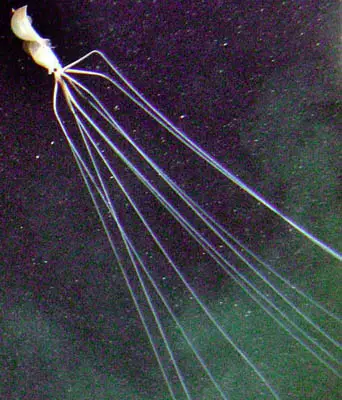
Rare capturing of a sample in the Gulf of Mexico
About ten years ago, in the middle of the Gulf of Mexico, A ROV from the shell oil company spotted a live specimen in the dark waters of Alaminos Canyon. It was roughly 8,000 feet below the ocean floor. They were dawdling along when an operator came upon the bigfin Squid that restrains both the ocean’s depths, which was existing in mind but not immediately available to consciousness. It was a long-arm squid, 26″ foot long with elbowed tentacles and pulsating fins.
Another ROV Tiburon captured a video in 2001 north of Oahu, Hawaii of the creature at 3380 meters depth. The video shows this Magnapinna squid contemplating how it could best slip its tentacles into an ear. It was hovering vertically in the bent-arm posture appendages with the filamentous extremities contacting the sediment-covered base when ROV first encountered it.
The Form and Structures of Bigfin Squid
The Magnapinna squid has distinctive brachial morphological features than similar cephalopods. As the name implies, the Bigfin squid has large fins that protrude from their body segments. The squid has large, elastic arms and tentacles and is about the same size. There are ten arms in total, and they all have the same components and thickness. It is very different from other squid species that have eight short arms and two long tentacles.
The arms and tentacles of the Magnapinna squid are thicker and are often at right angles depending on the odd position of the body axis. Its long slender arms and tentacles are almost parallel to the squid’s body’s axis, just as if they have elbows. The ‘odd’ elbow measures about two-thirds of the mantle length from the axis of the body. These large squid tentacles are approximately 15 to 20 times the mantle’s length when in a stretched position.
Some research says that the Bigfin squid’s tentacles of the ROV footage have twisted and broken. Therefore impossible to measure their length. The reason for that is because no individual has been caught except for a brief glimpse of the dark and coarse video released by Shell Oil Company in Mexico.
Most scientists have never taken the chance to examine the Bigfin squid. The little we know has based on the assumption that they’re from the Magnapinna and an adult form of the Magnapinna squids.
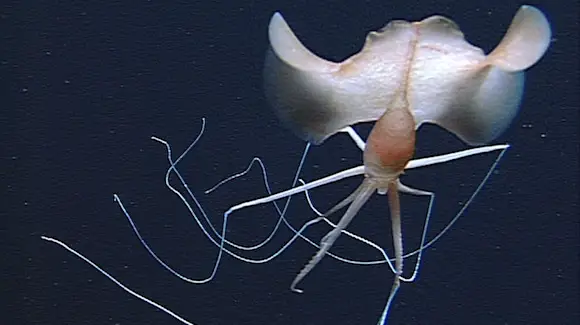
What does Bigfin squid eat?
There are still not many facts that have been revealed about this unique animal. Most of the details of the Bigfin squid are still hidden in the deep, dark sea. Researchers can hardly see how to eat the squid, so there is still no certainty about what kind of food they eat. However, some researchers assume that the extra-long legs extending along the ocean floor can pick up or capture organisms that they can eat. Another way is that they stay motionless and wait for another organism to pass by and enter their range.
The Magnapinna family
Initially, there were only one species in the Magnapinna family, namely Magnapinna pacifica. However, following the discovery of a second species, M. Atlantica, researchers realized that this specimen and other lesser-known species might have as many as five species, based on the eleven samples they have found so far. While only three species have good detailed descriptions, researchers have not specifically concluded four of them. Based on similarities, the Magnapinna family appears to belong to the Chiroteuthis family without conducting a cladistic analysis. The family includes Mastigoteuthis, Joubini Teuthida, Promachoteuthis, and Architeuthidae. Some of the characteristics that underlie the similarities with these families are as follows:
- The fin terminals are often large and extend far beyond the posterior end of the muscle mantle. This characteristic is also present in the Architeuthidae family.
- Cartilage becomes a locking oval funnel, but there is no protrusion. This trait is the same as the Architeuthidae and Promachoteuthis families.
Meanwhile, the characteristics of the Magnapinna family that can be found, so far, have two types of arms. The first, short, proximal arms with large suckers. And the second, the distal arm, which was long and very slender and covered by tiny suckers. The proximal arm has two to four series, whereas the distal ones have several irregular series.
The relative length of the arms or tentacles is much longer than that of the existing squid. Magnapinna squid species have a relatively small head size if based on the photo of the discovery. Researchers can make descriptions of these specimens based on paralarvae or juveniles. Most of the Magnapinna family was found within a few meters of the seabed, and of course, at incredible depths.
Bigfin reef squid
Bigfin reef squid is a different typed of squid which has no close relationship with Bigfin squid. They mostly stay near the coastal rocks and coral reef environments. Bigfin reef squids (Sepioteuthis lessoniana) are shallow sea dwellers that can identify in the Western Pacific Ocean, Indian Ocean, and the Hawaiian Islands. However, some record has mentioned about several hundred feet deep oceans. They are economically essential squid species Because it is famous as delicious seafood in worldwide restaurants. However, it is also renowned as an ornamental fish species among aquarium keepers.
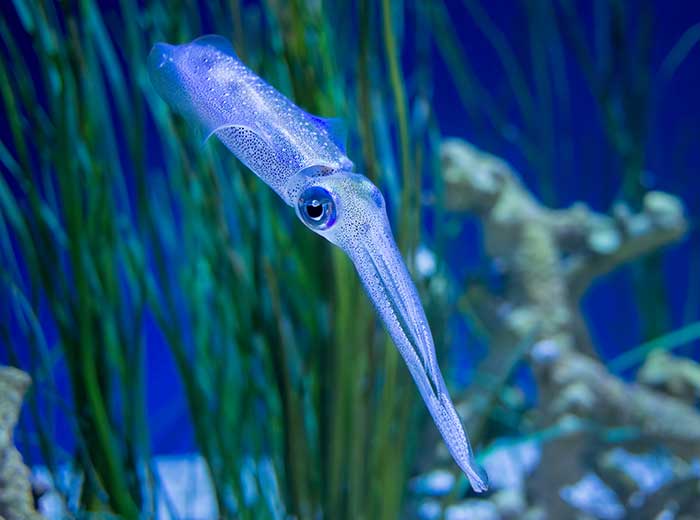
Reef squid feed on small fish and crustaceans using their two tentacles, which help to put prey inside the mouth. Eight arms help catch the prey, changing the color and shooting the jet of ink while propelling the backward quickly. This species is one of the fast-growing marine invertebrate species. They can increase their body size by six percent per day. The growth rate is directly proportional to the temperature of the surrounding environment. If the ocean water is warmer enough, their growth rate is high. Therefore they consider as an environmental indicator species. They have a short life span like other invertebrate cephalopod species, which has limited to eight months.


